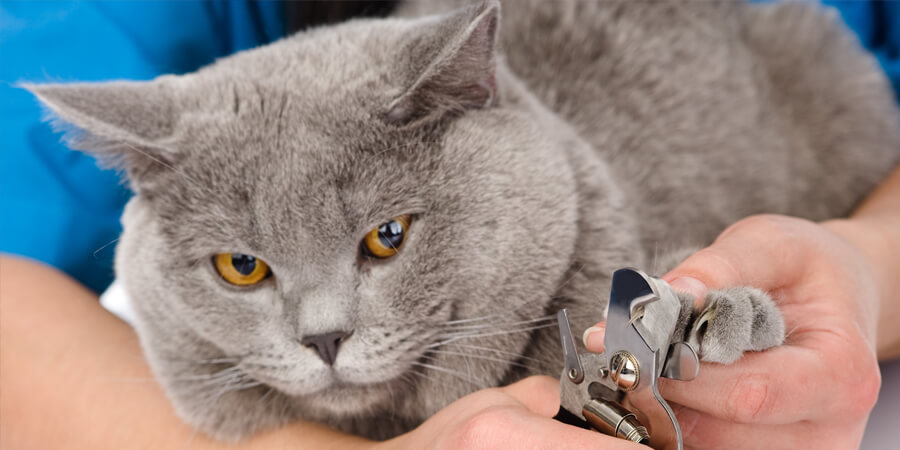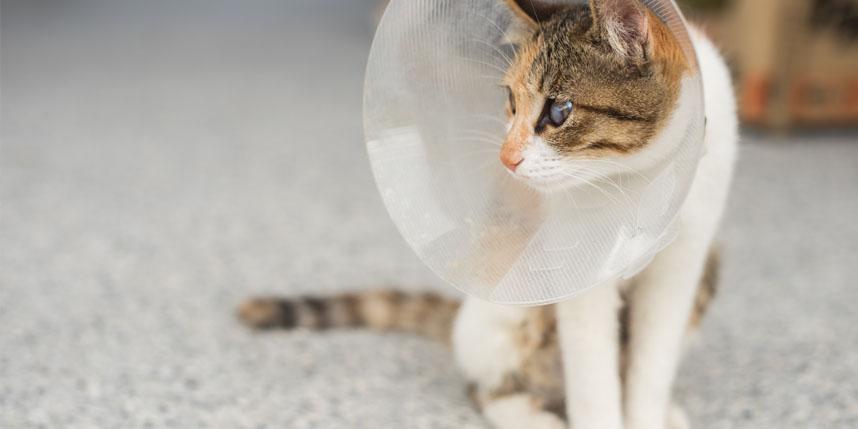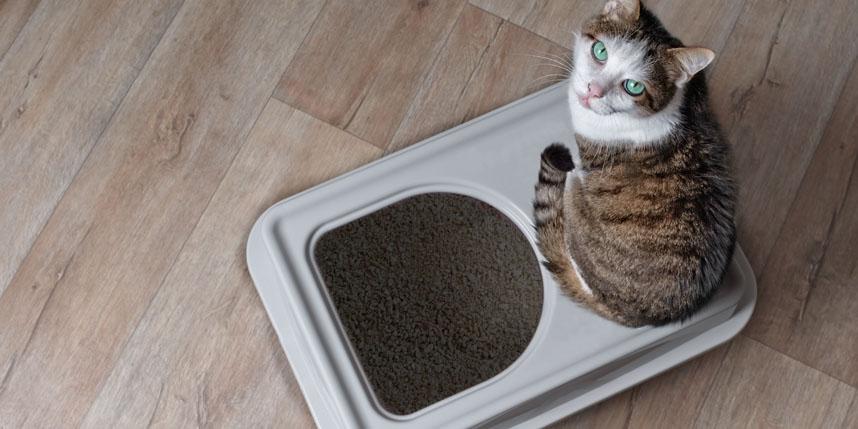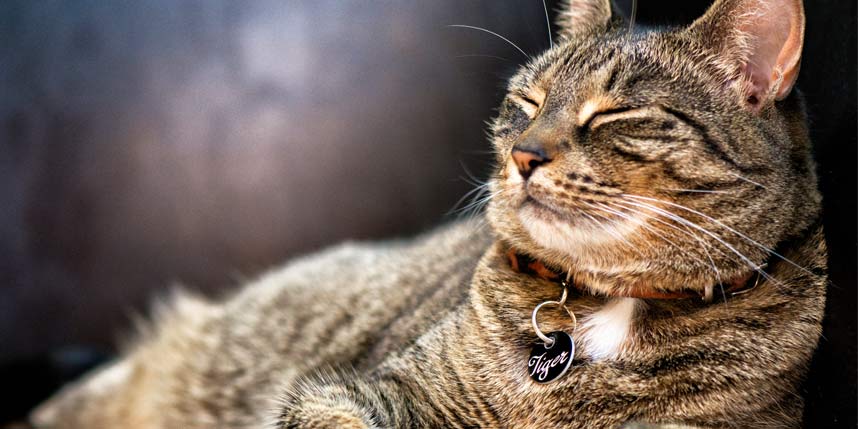HOW TO CARE FOR A CAT AFTER SPAYING OR NEUTERING
Learn how to care for your cat after they get spayed or neutered, with tips on monitoring the surgical site, nutrition, exercise, and litter.

8 Tools and Tricks to Make Trimming Cat Claws Easier
If your cat could make a list of things she hates most, getting her claws trimmed would probably be right up at the top. It’s probably not your favorite activity either. Trimming your cat’s claws can be extremely stressful—and even painful—for both you and your kitty!
Luckily, there are a few things you can do to make the process easier for your cat, and safer for you. Here’s how:
Tips for Trimming Your Cat’s Claws Easily and Safely

1. TRAIN THEM WHILE THEY’RE YOUNG.
If you’ve recently taken in a kitten, start getting him used to being held and having his paws handled as early as possible. Avoid touching your kitten’s paws when he’s feeling rambunctious, or you may come in contact with some cat claws, but try to incorporate “paw time” into your regular grooming and snuggling routines.

2. TAKE IT SLOW.
If your cat is fully grown, don’t worry—it’s never too late to help teach them to feel more comfortable with trimming their cat claws! Take your time, and don’t jump right into trimming your cat’s claws. Instead, choose a time when your cat is relaxed, and gently stroke her paws. Press the toe pads to expose the claws. If your cat shows any signs of agitation, simply stop and try again later!

3. REWARD GOOD BEHAVIOR.
Give your cat a treat whenever he lets you handle his paws, so he associates having his paws touched with a reward. He’ll be less hesitant to have his paws touched again, if he knows it ended with a positive outcome last time.

4. USE THE RIGHT CAT CLAW TRIMMERS.
Finding the right clippers will help ensure your cat’s claws are properly trimmed and help prevent injuries to their claws or paws. Choose a well-sharpened pair of clippers with a scissor cut, safety lock and nail guard for best results. A nail guard will help to ensure you only trim the white parts of the nail, as the pink part contains blood vessels and nerve endings.

5. CHOOSE A COMFORTABLE POSITION.
Choose a position that puts your cat at ease, ideally in the same setting where you’ve already practiced handling her paws. You’ll want to hold her firmly under one arm to minimize wiggling, but be gentle. If she’s determined to get away, let her go and try again another time.

6. LEARN THE PROPER TECHNIQUE.
Hold your cat’s paw in one hand and gently push down on one paw pad to extend the claw. Position the clipper blades at a diagonal rather than exactly perpendicular to the nail to help prevent the nail from cracking. Trim just the white tip of the claw—it’s better to take off too little than too much. Repeat this process for each nail. Average cats will have 5 claws on their front paws and four on their back, however, polydactyl cats may have more.

7. TAKE A BREAK IF YOU NEED TO.
You don’t need to trim all of your cat’s claws at once. Gauge your cat’s anxiety level and give him a treat and a break if he’s had enough. You can try finishing the rest later when your cat has had a chance to calm back down.

8. PRACTICE REGULAR TRIMMINGS.
Trimming cat claws should be a regular part of your grooming routine. Mark your calendar every two weeks or so to ensure their claws don’t get too long.
While trimming your cat’s claws may never be your favorite activity, using the right tools and methods can help make it a more calm, quick process. If, despite your best efforts, trimming your cat’s claws continues to be traumatic, don’t be afraid to call in the pros! A vet or professional pet groomer can trim your cat’s claws as part of routine maintenance and take the pressure off you. For more cat care tips, head over to our blog!



